The stinking history of Versailles. Behind the mirrors, power, and gold lurked the scent of sweat, perfume, and feces.

Before roses bloomed in the gardens of Versailles, bacteria flourished in the palace corridors. The building, intended to symbolize Louis XIV's divine authority, lacked toilets, running water, and basic hygiene. Silk curtains hid chamber pots, and the chambers were rife with betrayal, disease, and a brutal hierarchy.
Louis XIV and the Baroque Version of Royal MegalomaniaThe creation of this dazzling complex stemmed not only from the ambitions but also from the insecurities of one man: Louis XIV. Initially, the small town near Paris housed only a small hunting lodge built by Louis XIII in 1623 —a sort of nobleman's dacha. The modest structure, surrounded by forests and marshes, was intended as a place of relaxation, not a center of power.
Everything changed when the aforementioned ruler's son, Louis XIV, fell in love with the idea of absolute control and decided to materialize it. The Sun King, as he was later called, was only four years old when his father died. For nearly two decades, he remained a monarch in title only, as his mother, Anne of Austria, exercised actual rule in his name, jointly with Cardinal Jules Mazarin. Only when he turned 22 did he take the reins of state and almost immediately decided to implement his own agenda.
His obsession with power did not come out of nowhere – it was a response to his youthful experiences full of chaos, distrust and the threat posed by the aristocratic rebellion known as the Fronde.
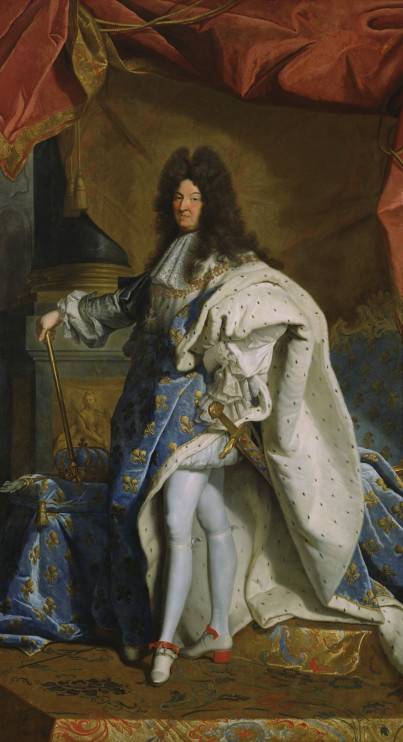 King Louis XIV - portrait of Hyacinthe Rigaud 1701 / Everett Collection / Shutterstock
King Louis XIV - portrait of Hyacinthe Rigaud 1701 / Everett Collection / Shutterstock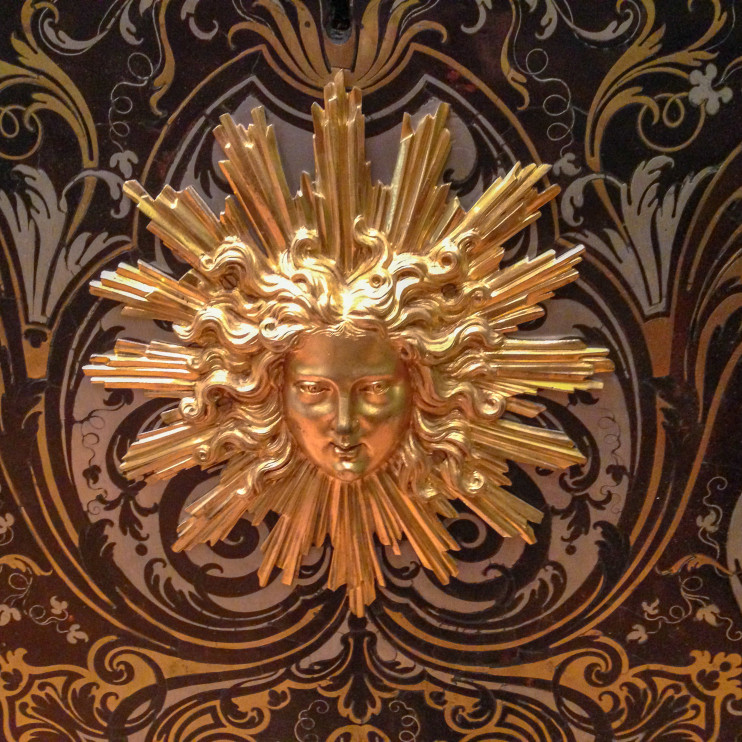 Versailles - the stinking palace of the Sun King / Meandering Trail Media / Shutterstock
Versailles - the stinking palace of the Sun King / Meandering Trail Media / ShutterstockBut before Louis XIV transformed his father's modest hunting lodge into the center of the universe, Versailles was... a swamp. Literally. The grounds were surrounded by wet meadows, malaria was a real threat, and the muddy ground made it unsuitable for construction. However, the Sun King brooked no opposition – the swamps were filled, the land drained, mosquitoes ignored, and the foundations—though precarious—were laid.
Construction of Versailles began in 1661 and was from the outset a massive undertaking – over 30,000 people were employed, and the investment cost consumed a quarter of the state budget. The complex was a manifestation of power worthy of a god on earth. Expanded over decades, designed down to the smallest detail, it was intended to outshine anything previously built in Europe. Every element – even the sun rising behind the orangery – was subordinated to the royal vision of absolute control.
 Hall of Mirrors at Versailles / Frederic Legrand - COMEO / Shutterstock
Hall of Mirrors at Versailles / Frederic Legrand - COMEO / ShutterstockThe interiors dazzled, and among the hundreds of chambers, the most important one stood out – the Hall of Mirrors – theatrical, triumphant, with 17 mirrors and frescoes celebrating the military successes of Louis XIV. This was where the Treaty of Versailles was signed. This was where the greatest ceremonies took place. And here... it stank as intensely as anywhere else. Because even the most refined interiors couldn't compete with the lack of plumbing and the atmosphere saturated with sweat, perfume, and excrement .
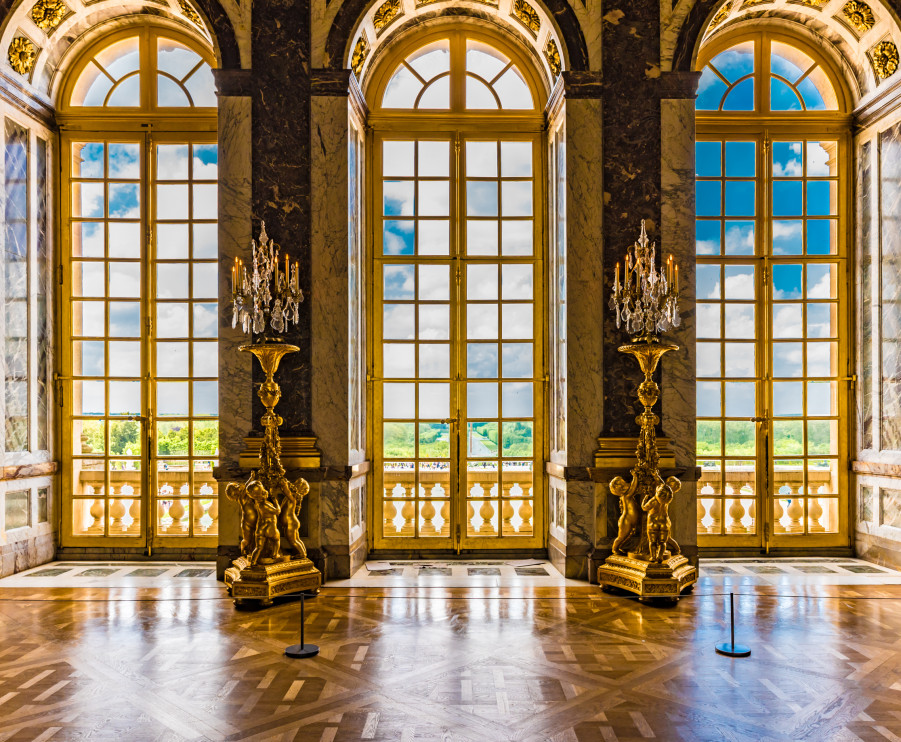 Versailles / Takashi Images / Shutterstock
Versailles / Takashi Images / ShutterstockUp to 12,000 people were in the palace every day – some lived there permanently, others came for visits, as long as they met the dress code. The problem was that hygiene was almost nonexistent – there were many people, few toilets, and people relieved themselves wherever they could – in the rooms, in the corridors, between the buildings. The stench was pervasive.
The layout of Versailles clearly indicated everyone's place in the court hierarchy. Don't be fooled by the marble floors – beneath them , social inequality seethed. The servants had it the worst. They occupied the lowest levels of the building, closest to the ground, and therefore closest to the mustiness and vermin.
Where swamps had once stretched, dampness still reigned, and diseases circulated in the air – dysentery, typhus, scabies, and other “souvenirs” of filth and cramped conditions.
Crowded corridors, sweat-soaked walls , and air so thick you could cut it with a knife – this was everyday life for the lowest social classes in Versailles.
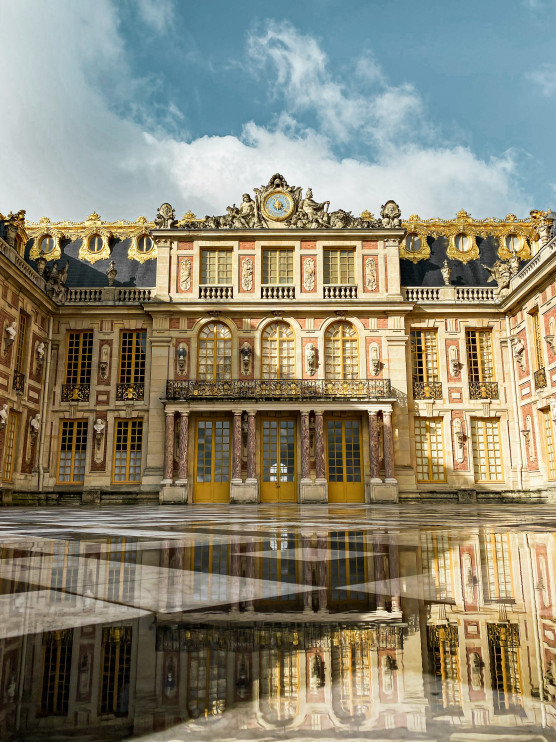 Versailles / Unsplash - Hannah Falk
Versailles / Unsplash - Hannah FalkLife was different for those in a state of royal favor. Louis XIV's favorites could count on separate apartments, fireplaces, hot water, screens, and sometimes even a moment of intimacy with the monarch, which is why their rooms smelled relatively fresh. The king himself, to lessen his odor, frequently changed his linen shirts and slept in linen sheets, as it was believed to effectively absorb unpleasant odors.
Unfortunately, the silk and velvet outerwear wasn't washed, only aired – along with the dust, it absorbed everything that was floating in the air. And, to put it mildly, there was no shortage of different odors.
Erotic mechanisms of powerAt Versailles, not only was the air thick with scents —an equally stifling atmosphere rife with intrigue. The court throbbed with gossip, rivalries, and suspicions. Elegant balls, masquerades, and theatrical performances often provided the backdrop for conspiracies and betrayals. Alliances were forged, friendships were shattered, and everything—including flesh—was traded. Young women became objects of commerce as their mothers, with political savvy, oversaw their daughters' amorous ecstasies within the palace. Affection was translated into influence, and the king's bed was one of the most effective channels for social advancement.
Louis XIV was famous for his love of acrobatics in bed and he was not the only one at court, so no one was surprised by the specific smell of semen wafting through the air.
Louis XIV's most famous favorites, such as the brilliant and ruthless Madame de Montespan and the modest and surprisingly influential Madame de Maintenon, not only shared an alcove with the king but also had a real stake in politics. However, every mistress had to reckon with the fact that her time at the Sun King's side could fly by. One careless remark, one suspicion of conspiracy could end her career. Madame de Montespan ruled the salons, entertained petitioners, and the children she bore the monarch were officially recognized. Although a master of courtly play, she did not avoid a fall – her name was linked to the so-called Poisoning Affair , and she died in obscurity in 1707.
Madame de Maintenon, formerly the impoverished governess of the Montespan children, eventually became the king's confidante and, according to many sources, also his secret wife. Pious, prudent, and uninterested in glamour, she gained influence over Louis through patience and intellect. Versailles was a battlefield where beauty, charm, cunning, and loyalty —preferably to the king—were the main weapons. Wherever there was the scent of ambition, there was always the scent of betrayal, which could cost one's life.
 Gardens of Versailles / FenlioQ / Shutterstock
Gardens of Versailles / FenlioQ / ShutterstockAlthough Versailles was dripping with gold, hygiene left much to be desired, even by the standards of the time. A warm bath there was considered extravagant, even dangerous. Hot water was believed to open pores and make the body susceptible to disease, so bathing was rare and cautious.
The Sun King himself wasn't as stubbornly avoiding baths as legend has it – his apartment featured a marble bathtub where he relaxed with his lovers. He also occasionally took cold baths with his courtiers, a form of entertainment at the time, but on a daily basis, he limited himself to refreshing his body with alcohol.
The rest of the court had to cope differently – "toilet" was performed using cloths soaked in vinegar and water, which were wiped across the skin, sometimes revealing only a fragment beneath layers of clothing and lace. Hands were practically not washed – even during meals.
Louis XIV himself ate with his hands and washed his hands with a bourbon-based mixture. Soap was used occasionally, with powders and perfumes being much more popular. Teeth were also rarely brushed, but cloves, anise, mint leaves, and other herbs were chewed in the hope of masking unpleasant odors.
 Versailles / Unsplash - Elena Rabkina
Versailles / Unsplash - Elena Rabkina
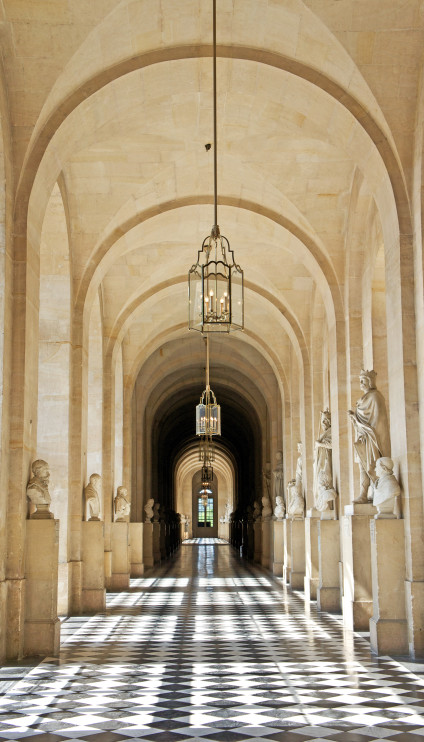 Wersailles / Suchan / Shutterstock
Wersailles / Suchan / Shutterstock



